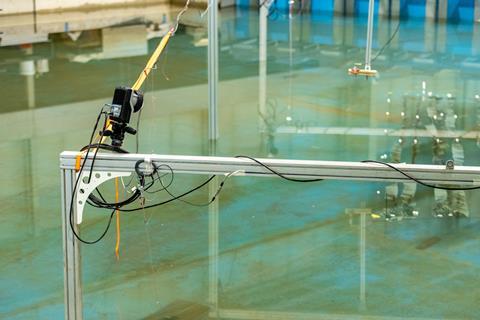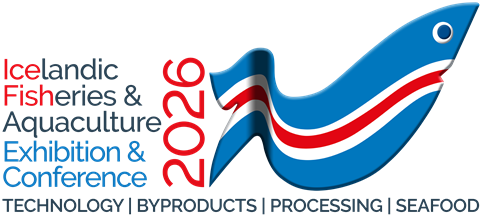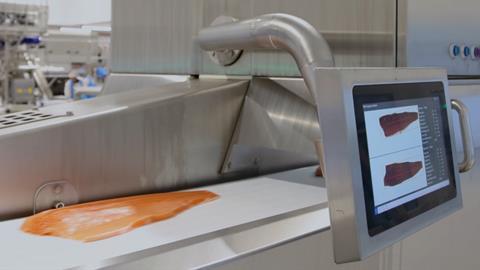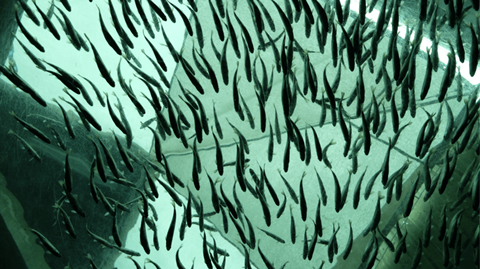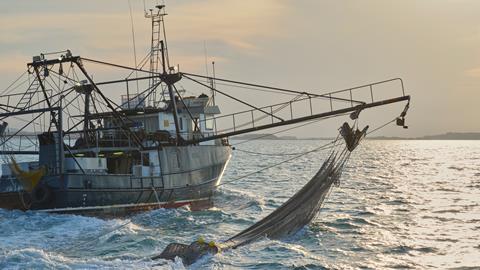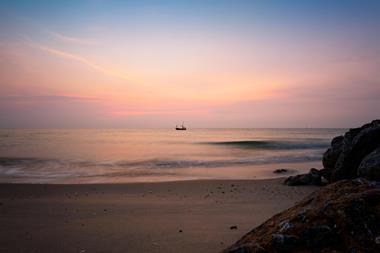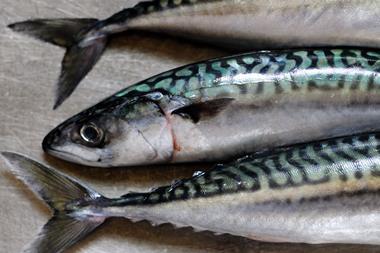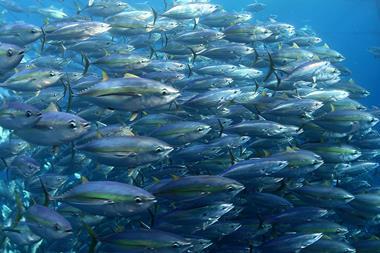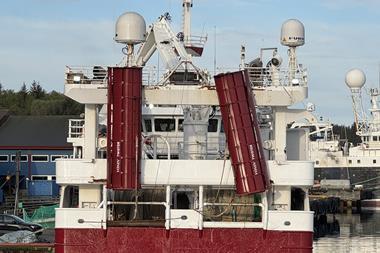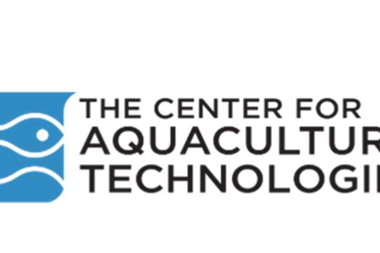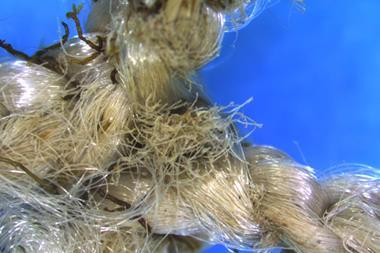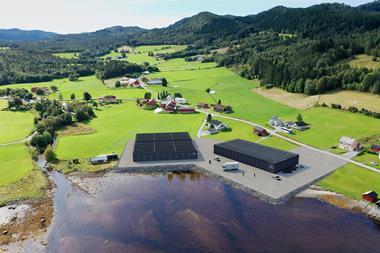Seaweed farms in New Zealand tend to be constrained to coastal, nearshore environments, but these areas are becoming congested, increasing the risk of user conflict. Climate change, meanwhile, is impacting coastal areas and bringing its own set of challenges, making it all the more important for seaweed farming to be suitable for exposed, high-energy sites. New Zealand’s government is also hoping to unlock the potential of open ocean farming, to diversify aquaculture outputs and produce new, high-value products.

Amidst this backdrop, the Open Ocean Aquaculture team at the Cawthron Institute, New Zealand’s largest independent science organisation based in Nelson, is leading a research programme to explore the possibility of situating bivalve and seaweed farms in the open ocean. Known as Ngā Punga o te Moana (Anchors of the Sea), the programme is running for five years (2021–2026) and is aiming to deliver the necessary knowledge and technology to scale-up bivalve and seaweed farming in the open ocean. Among its key outputs are the design of farming structures, the use of advanced data science and modelling capabilities to understand the open ocean environment, and studies in bivalve and seaweed biology and physiology to discover species with the most potential to be farmed in exposed environments.
“When it comes to seaweed, New Zealand has over a thousand species, but we know little about the majority and some have barely been named,” Dr Kevin Heasman, leader of the Ngā Punga o te Moana programme, told WF. “However, the prospect of them providing nutraceuticals, pharmaceuticals, alternatives to oil-based products or food is huge. We are creating a structure that can grow a number of species and is adaptable and flexible to those species, so we are not reinventing the wheel every time we want to grow something. We are also looking to find out what conditions work best for seaweed and to what extent the structure can tolerate exposed conditions.”
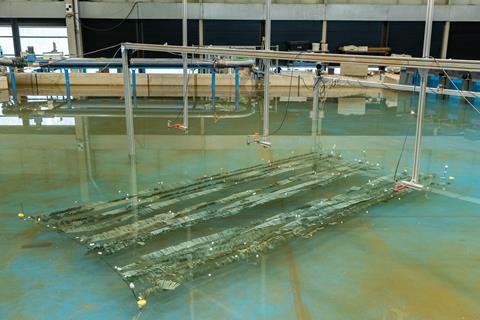
An international collaboration
Heasman and his team are working with German colleagues – coastal and ocean engineers – at Technische Universität Braunschweig (Technical University of Braunschweig) in Braunschweig to design a robust seaweed farming structure that can withstand high-energy environments while submerged near the water surface. The structure is a prototype with four mooring lines, anchor lines, surface floats and horizontal composite rods (seaweed cultivation lines). Using a shallow wave basin, the team is looking at how the structure responds to simulated waves of various durations (four to 10 seconds), heights and directions, while measuring other parameters such as force regimes and motions.
Silicone and other plastics are also being used to produce seaweed surrogates with the same hydrodynamic and material properties as seaweed at a reduced scale, to better understand elastic response and movement underwater. The team is also trialling materials to determine which are best suited to exposed environments and working to mitigate the risk of marine mammal entanglements by creating rigid composite rods with a high tensile strength. Sensors measure the forces acting on the structure, while data from the ocean is key to estimating performance at sea, and modelling and predicting how the structure and surrounding environment might interact.
“Further from the coast, the water is deeper, and the currents are stronger,” said Henrik Neufeldt, a PhD student at Technische Universität Braunschweig who designed the seaweed surrogates. “This can lead to structural deformation and sagging of the cultivation lines as they sink below the surface. Less light below the surface is also not good for seaweed growth. Designing a suitable farming structure means having the right facilities and modelling techniques, understanding the forces that act on the structure, and the materials. These are particularly important because they will keep the structure rigid and determine how it responds to the surrounding environment.”
Professor Arndt Hildebrandt, managing director and civil engineer at Blue C GmbH, specialises in mooring designs, and is also working on the Ngā Punga o te Moana programme. He says that any design or arrangement of farming structures must be made with the environment in mind, while movements such as currents should be able to interact with the structure and seaweed culture without significant damage.
“Accurately determining the characteristics of an exposed environment is key to making the most of the advantages that the open ocean provides,” he said. “We also need a balance – less impact on the environment, and good cost efficiency for seaweed farmers.”
“It’s also about working conditions,” added Professor Nils Goseberg of the Technische Universität Braunschweig who is also part of the Ngā Punga o te Moana programme. “We have the facilities to reproduce what we find in nature, and come up with preliminary designs and scaled demonstrations based on our measurements. This means that we can produce something that is not only solid but also offers other advantages, such as easy handling during maintenance or harvesting.”
“It mustn’t be too difficult for farmers to harvest their seaweed,” agrees Heasman. “In this sense, we also need to determine which materials seaweed sticks to best, what the conventional harvesting methods are, and how to reduce harvest time, vessel time and farmers’ time at sea. It’s also about understanding how different materials interact, how long they might last at sea and the risk of corrosion. These are key questions.”
Appeal of the open ocean
Exposed environments in the open ocean have several advantages. They are home to cleaner, cooler waters, currents that can disperse waste and reduce fouling on farming structures, and vast amounts of nutrients, sunlight, and space for expansion. For species such as seaweed, productivity is a function of sunlight exposure and vast area, both of which the open ocean provides, while farming in such an environment could help solve the issue of providing large amounts of biomass to end users.
Professor Bela Buck is head of the research group Marine Aquaculture at the Alfred-Wegener-Institut Helmholtz-Zentrum für Polar- und Meeresforschung (AWI) (Alfred-Wegener-Institute Helmholtz-Centre for Polar- and Marine Research) and Professor at the Bremerhaven University of Applied Sciences. Also part of the Ngā Punga o te Moana programme, he says the extension of aquaculture from land or coastal waters to the open ocean has an important role in food security, and enables the sustainable production of extractive or low-trophic organisms like bivalves and seaweed.
“A lot of approaches are needed for aquaculture to contribute meaningfully to global seafood supplies, and farming in the open ocean is one potential way,” he said. “There is ample space, great carrying and assimilative capacity, reduced conflict with other users, lower exposure to human sources of pollution and the potential to avoid negative environmental impacts of coastal fish farming.”
“With many nations very dependent on seafood imports, we must use the ocean to guarantee that we have food,” he continued. “We have a responsibility to develop open ocean aquaculture to feed our own people, rather than rely on countries that may have a scarce amount of food. The open ocean has potential, and our work has shown that there are species of seaweed that are appropriate for that type of environment, such as sugar kelp, which has a low maintenance requirement and is easy to harvest.”
Moving forward
While experts applaud the positives associated with open ocean farming, Goseberg and Hildebrandt stress the need to increase awareness of these positives prior to installing farming structures in more exposed environments. Amidst concerns over issues such as risks or worker safety, and a stereotypical image of aquaculture as generating negative environmental impacts, some believe that farming in the open ocean simply shifts any negative impacts out of sight. Communication and transparency are therefore key, says Goseberg.
“Public acceptance is an integral part of our work,” he said. “One way of addressing this is to talk openly and in detail to rightsholders and stakeholders such as environmental conservation agencies or coastal authorities, for example, and analyse their responses to learn about society’s perceptions.”
“Farming in the open ocean is risky,” said Hildebrandt. “Its remote location means that any problems that arise can be time-consuming and costly to fix. There are logistics and installation procedures to consider. Worker safety must be assured, and insurance firms will want to know the risks involved. This programme is a key opportunity to continually adjust our farming structure, computer models and improve our learning and understanding so that we have a strong foundation that we can build on.”
Those on the Ngā Punga o te Moana programme will continue to develop farming structures and methods to adapt to high-energy environments, with further trials in the works to test and refine their technology. The open ocean is an important aspect of marine aquaculture, and developing farming systems that will produce sustainable, nutritious seafood can only be of great benefit, says Goseberg.
“What we can learn as Germans, or Europeans, from the New Zealanders, is that being innovative is good for the economy and the marine environment,” he said. “There is a lot in the open ocean that we can tap into, provided we have the resources and the willingness to innovate. If that’s the case, I see a good future for open ocean farming. The international aspect of the programme is another great thing. We have colleagues in the US and in New Zealand who initiated it, and here in Germany we are delighted to share the open ocean story. Doing things together, using facilities, wisdom and knowledge from different countries is what brings things forward.”
